KLIA Aeropolis
An Airport City
KLIA’s land bank of over 100 square kilometres certainly gives it a distinct advantage over most other gateways in terms of having space to grow and develop.
And with only a fraction of it used today and just 60% of the site set aside for aeronautical use, the airport has an abundance of land available for the development of non-aviation related commercial activities.
The land designated for airport and aeronautical use will serve the core airport growth needs over the long-term.
The rest will be clearly demarcated into zones comprising Airport Central, which will serve as the core commercial area; a business park functioning as a secondary commercial area; an aerospace park, logistics park and aeronautical support zone to cater to aviation-linked businesses; and a leisure and recreational zone
 http://smart-airports.com/big-and-bold/
Demand-driven initiative
http://smart-airports.com/big-and-bold/
Demand-driven initiative
According to Malaysia Airports’ development strategy, KLIA Aeropolis will be a demand-driven project initially centred on three key clusters – Air Cargo & Logistics; Aerospace & Aviation; and MICE & Leisure.
As a result, plans are on the drawing board for a Cargo Logistics Park, Aerospace Park and a Aeronautical Support Zone for MRO (Maintenance, Repair, Overhaul) services across 90, 100 and 200 acre plots respectively with the airport operator admitting that it is considering a number of options for funding and developing the projects.
“Various financing options and development structures are being evaluated to ensure the maximum value to the airport,” says a spokesman.
“These include BOT type projects funded by private investors but built on land under Malaysia Airports management and leased to them on long-term contracts.
“We will create value through smart partnership and synergistic collaboration with our business partners in order to achieve mutual benefits.”
Malaysia Airports is, however, happy to reveal that all future developments for the MICE & Leisure cluster will follow the successful joint venture model it adopted with Mitsui Fudosan to create the highly popular Mitsui Outlet Park KLIA at Sepang, six kilometres from the airport.
The existing Sepang International Circuit used for Formula 1’s Malaysian Grand Prix sits within the area allocated for leisure and recreation/MICE related projects.
“We are very clear in our KLIA Aeropolis development strategy,” says Badlisham. “The clusters identified are synergistic to the larger airport system and will serve to not only benefit the airport operator but also the aviation supply chain as a whole.”
Talking about the Air Cargo & Logistics cluster, Badlisham notes that express cargo shipments at KLIA have grown by 33% since 2010, mirroring the growth of the e-commerce market in South East Asia, which is expected to account for $35 billion worth of business annually by 2018.
And with intra-Asian airfreight projected to grow by an average of 6.5% per annum up to 2033, he believes the future potential of air cargo for KLIA is clear for all to see.
He says: “We are targeting an annual long-term forecast of 2.5 million to three million tonnes by 2050, from about 726,000 tonnes today. KLIA Aeropolis will serve as the core of our air cargo and logistics eco-system that extends to Penang and East Malaysia.”
He is also confident that KLIA Aeropolis has the potential to become a leading centre for aerospace development, pointing out that the country’s appeal to the industry has already led to over 300 companies setting up operations in Malaysia, a quarter of which are based at either KLIA or Subang, about 60km away from KLIA.
This boom has led to the country formulating a clearly defined national aerospace blueprint that aims to position Malaysia as a leading player in the global aerospace value chain.
“Boeing and Airbus tell us that 30% of all their aircraft deliveries today are to the Asia-Pacific region,” comments Badlisham.

“APAC also accounts for 21% of the global MRO market demand and is expected to grow at 4.6% per annum for the foreseeable future. Our aim is to capture at least 5% of the global market share.”
He adds: “As a result of this strategy, KLIA Aeropolis will enable an aviation business eco-system by leveraging on businesses such MROs and OEMs. It will function as the core of Malaysia Airports’ aerospace belt, which includes Subang and Melaka airports.
“Our focus on attracting first-tier aerostructure manufacturers is also expected to drive the growth of second-tier set-ups.”
Based on PWC’s economic analysis of the KLIA Aeropolis development plans – excluding airport terminal operations and expansion – the total estimated impact of the project over a 15-year period could amount to a GDP contribution of around $7.2 billion and 56,000 new jobs.
The projected figures certainly support the government’s agenda of striving to make Malaysia a high-income nation by 2020.
Sharing his aspiration on the future of KLIA Aeropolis, Tan Sri Dato’ Dr Wan Abdul Aziz Wan Abdullah, the chairman of Malaysia Airports, says: “I envisage KLIA Aeropolis to be a truly remarkable airport city development with top class tourism and business attractions.
“It marks a promise of sustainability and growth for companies who will call it their home.”
 http://magazine.groundhandling.com/n...lia-aeropolis/
http://magazine.groundhandling.com/n...lia-aeropolis/
 http://www.panoramio.com/photo/85715189
http://www.panoramio.com/photo/85715189
 http://www.panoramio.com/photo/60131006
http://www.panoramio.com/photo/60131006
 https://www.flickr.com/photos/31489144@N04/14498560321
https://www.flickr.com/photos/31489144@N04/14498560321
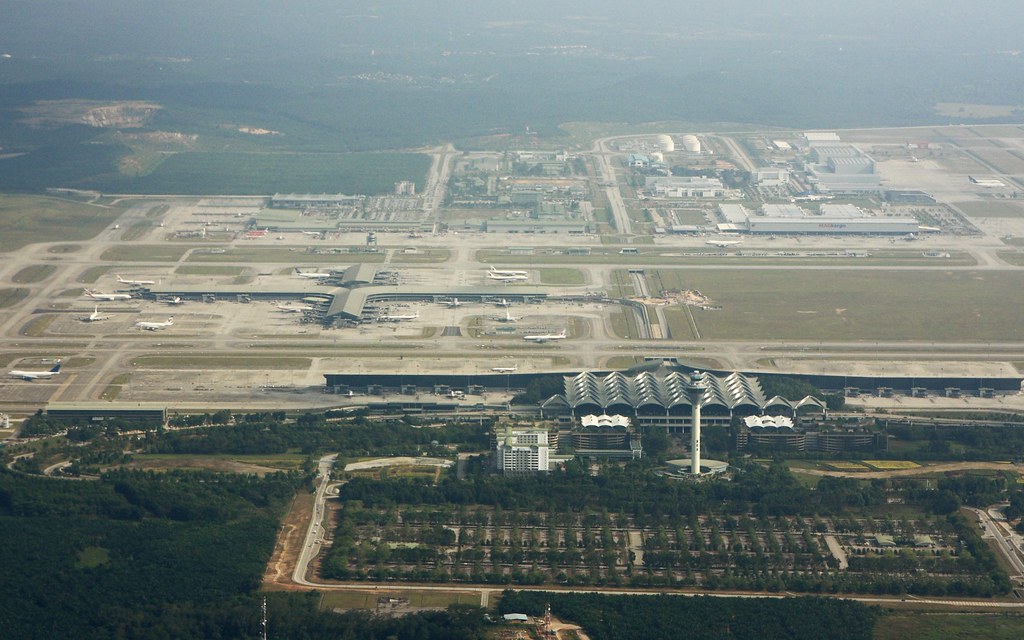 https://www.flickr.com/photos/sutanto/4564608328/
https://www.flickr.com/photos/sutanto/4564608328/
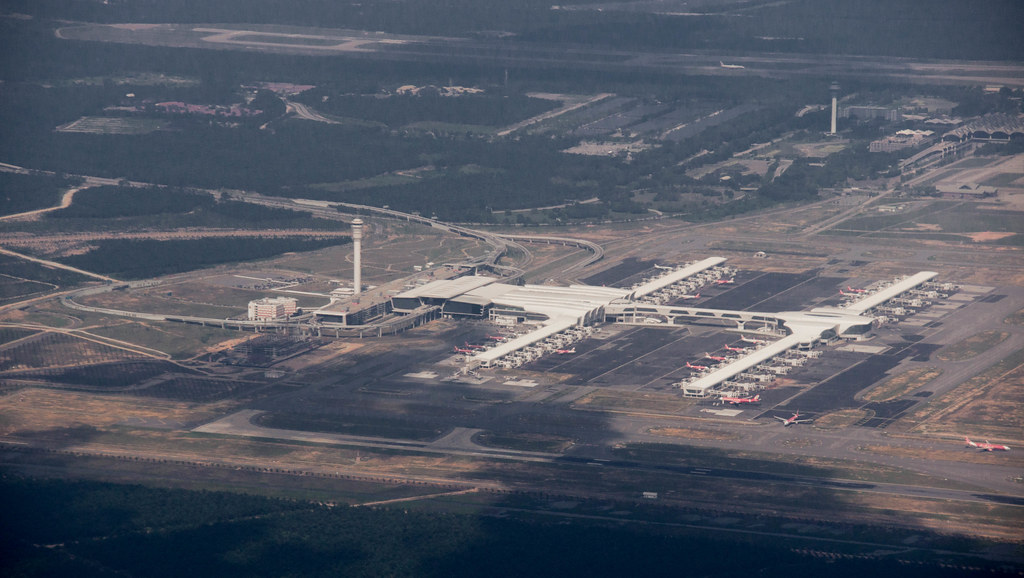 klia2, KLIA
klia2, KLIA by
A satan incarnate, on Flickr

 https://c3.staticflickr.com/3/2945/1...8fc08aef_b.jpg
https://c3.staticflickr.com/3/2945/1...8fc08aef_b.jpg
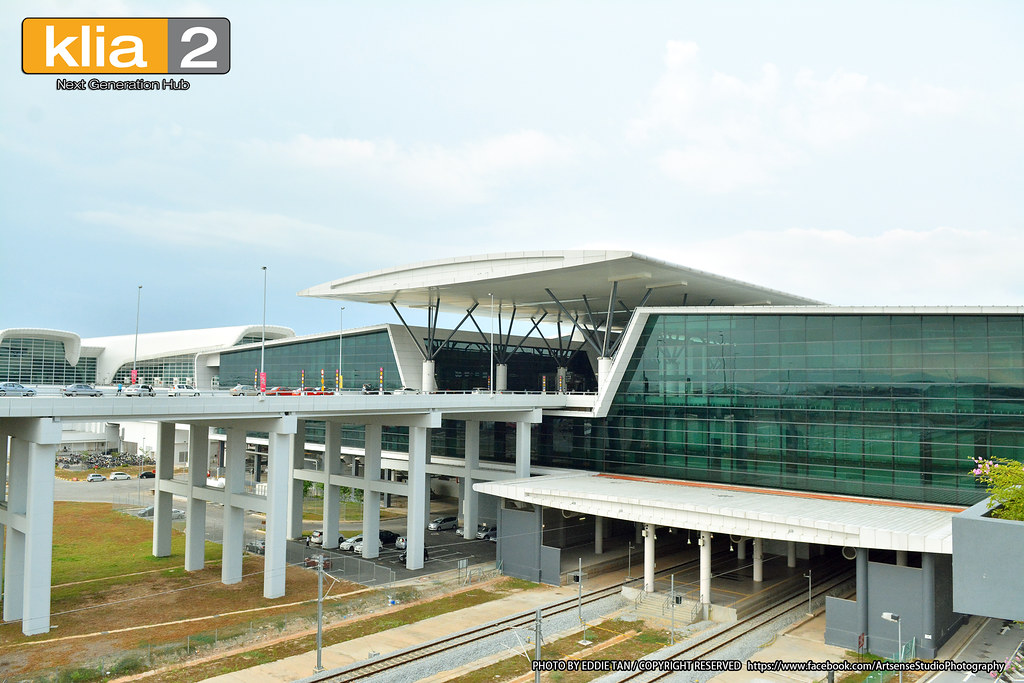
 http://www.panoramio.com/photo/109669449
https://www.flickr.com/photos/eddietan/14788422754
http://www.panoramio.com/photo/109669449
https://www.flickr.com/photos/eddietan/14788422754
 https://www.facebook.com/klia2.info
https://www.facebook.com/klia2.info
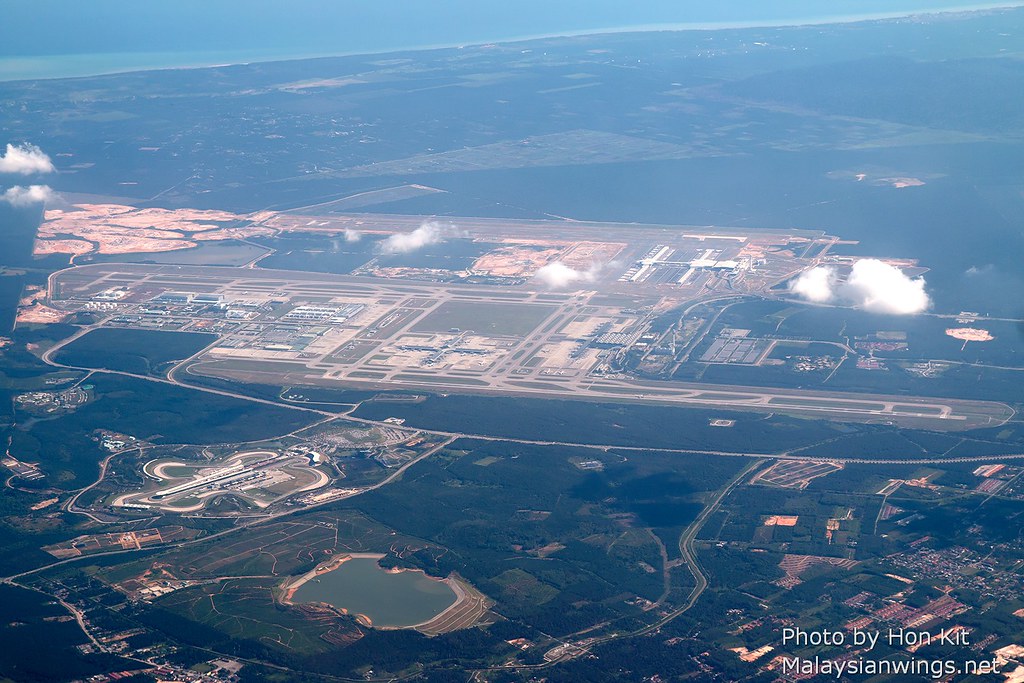 https://www.flickr.com/photos/65199298@N02/14383138046/
https://www.flickr.com/photos/65199298@N02/14383138046/

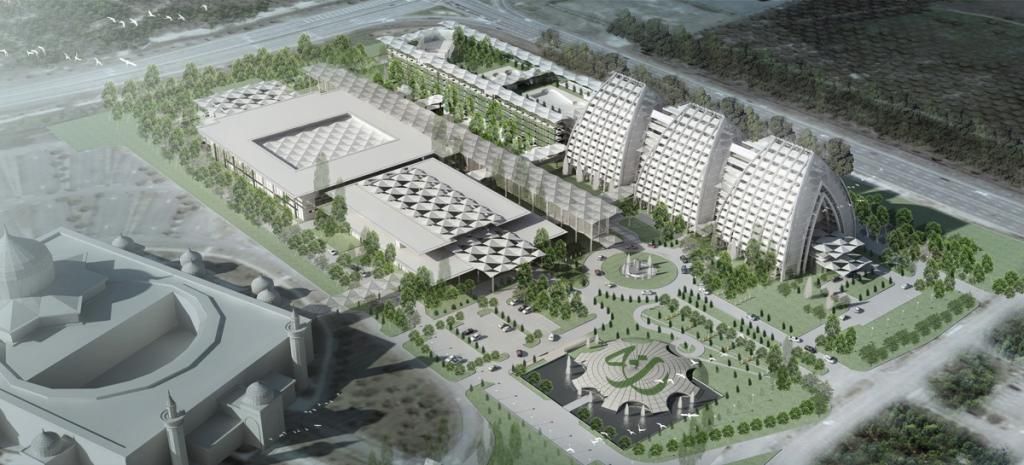 http://www.hospitalitynet.org/news/4049736.html
http://www.hospitalitynet.org/news/4049736.html



